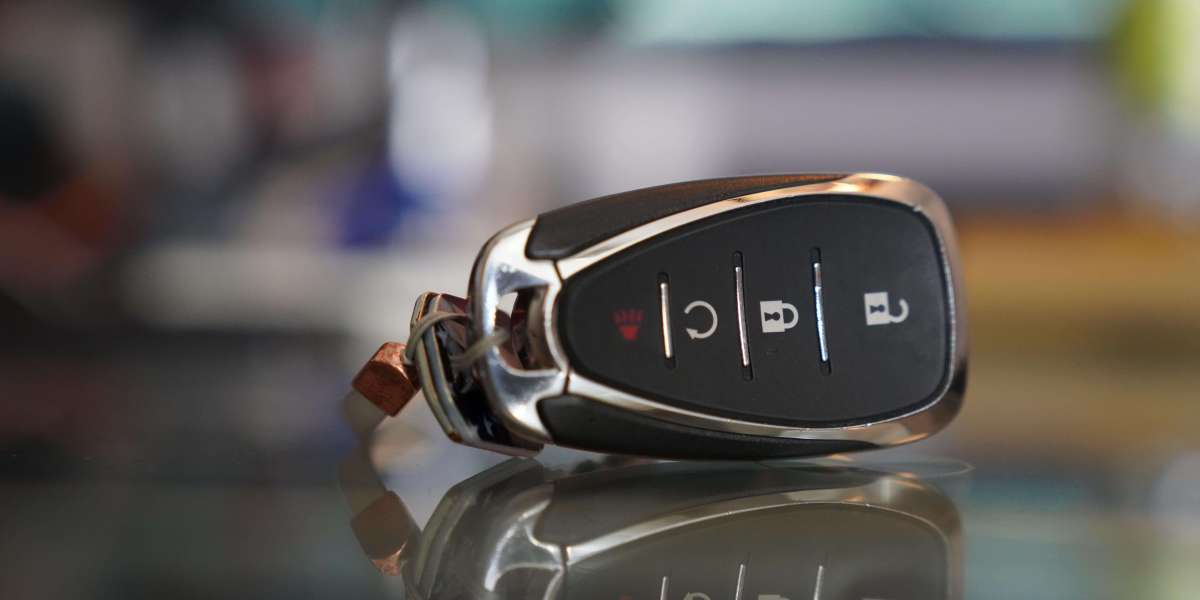Getting a Replacement Key for Your Car: A Comprehensive Guide
Losing or harming a car key can be a frustrating experience, but fortunately, acquiring a replacement key does not need to be overwhelmingly complicated. In this useful guide, we will detail the numerous actions, alternatives, and considerations involved in getting a replacement key for your car.
Understanding Car Keys
Before diving into the replacement procedure, it is vital to understand the various types of car keys available. Here's a quick summary:
| Type of Car Key | Description |
|---|---|
| Standard Key | A standard metal key that mechanically opens and begins the vehicle. |
| Transponder Key | A key with a chip that interacts with the car's ignition system for added security. |
| Key Fob | A remote device that enables keyless entry and may include functions to start the vehicle from a range. |
| Smart Key | A proximity key that makes it possible for the motorist to unlock and start the car without physically utilizing the key. |
| Valet Key | A limited key that permits minimal access to the vehicle, generally for valet services. |
Comprehending the type of key you have is essential in figuring out the procedure of getting a replacement.

Steps to Get a Replacement Car Key
If you find yourself in requirement of a replacement car key, follow these actions to navigate the procedure effectively:
1. Identify the Type of Key
- Figure out whether you have a standard key, transponder key, key fob, or smart key. This details will influence the replacement treatment.
2. Examine Your Insurance Policy
- Evaluation your auto insurance policy to see if it covers key replacement. Some policies offer this advantage, which might conserve you time and money.
3. Contact Your Car Dealership
- Reach out to your car's dealership, especially for newer automobiles that utilize advanced key technology.
- Be prepared to supply your vehicle identification number (VIN), proof of ownership, and possibly your vehicle registration.
4. Visit a Locksmith
- Consider going to a professional locksmith professional who has experience with automotive keys.
- Numerous locksmiths can develop and set transponder keys and key fobs at a lower expense than car dealerships.
5. Utilize Online Services
- Some services specialize in automotive key replacement and may use online support.
- Beware and ensure that you pick a credible provider.
6. Cost Considerations
- Understand the potential expenses included in getting a replacement key. Below is a basic expense quote based upon key type:
| Key Type | Approximated Cost Range |
|---|---|
| Conventional Key | ₤ 2 - ₤ 5 |
| Transponder Key | ₤ 50 - ₤ 200 |
| Key Fob | ₤ 100 - ₤ 600 |
| Smart Key | ₤ 200 - ₤ 500 |
Often Asked Questions (FAQs)
1. How long does it take to get a replacement key?
- The time to get replacement key for car (mouse click the up coming webpage) a replacement key differs depending upon the supplier. Dealers may take a couple of days, while locksmiths can typically provide a key the same day.
2. Can I replace a key myself?
- While it is possible to purchase a blank key online and cut it yourself, programming electronic keys generally needs specific devices.
3. What should I do if my key is lost or stolen?
- If your key is lost or stolen, it is smart to reprogram your locks to prevent unapproved access to your vehicle.
4. Are all car keys programmable?
- Not all car keys can be set. Traditional mechanical keys are cut however do not require programs, while transponder keys and smart keys do.
5. How can I prevent losing my car type in the future?
- Think about investing in a key tracker, designating a particular spot for your keys, or using a keychain that makes your keys more visible.
Last Thoughts
When faced with the difficult job of changing a car key, it is vital to understand your options and choose the most efficient path tailored to your requirements. Whether you go with a dealership, a locksmith, or an online service, being well-informed will streamline the procedure and help minimize a few of the tension connected with lost or harmed keys. Remember to keep any brand-new type in a safe designated location to prevent similar problems in the future.







